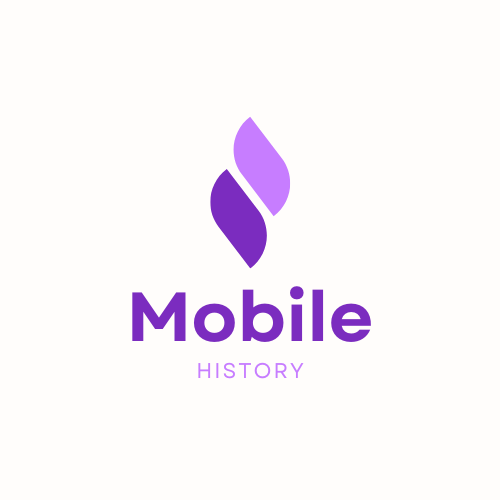The iPhone is not just a smartphone; it's an icon of modern technology and design, a symbol of the digital revolution that has transformed our lives over the past decades. What started as an audacious proposal by Steve Jobs has now become a benchmark for the mobile industry. In this expansive look back, we will take you through the groundbreaking history of the iPhone—from its first inception to the latest models that continue to push technological boundaries.
 |
| History of the Iphone |
Launching a Revolution: The First iPhone
Introduced by Apple's co-founder, Steve Jobs, on January 9, 2007, the original iPhone marked a paradigm shift in mobile device design and capability. Its multi-touch interface, sleek design, and groundbreaking user experience were unlike anything present in the market. Here’s a brief overview of the iPhone’s evolutionary stages:
Rows truncated for brevity| Year | Model | Key Features |
|---|---|---|
| 2007 | iPhone (1st generation) | 3.5" display, Multi-touch, 2MP camera |
| 2008 | iPhone 3G | GPS, 3G data, App Store introduction |
| 2009 | iPhone 3GS | Video recording, Compass, Voice Control |
| 2010 | iPhone 4 | Retina Display, FaceTime, Gyroscope |
The Era of S's and Numbers
Following the initial success, Apple continued enhancing iPhone capabilities. The introduction of the "S" series, starting with the iPhone 3GS, was Apple's way of signaling improvements to speed, performance, and camera quality without altering the external design dramatically. The iconic iPhone 4 introduced a new glass and stainless-steel design and initiated the 'Retina display' era.
- iPhone 3GS (2009): Focused on speed, it introduced a higher-resolution camera and video recording capabilities.
- iPhone 4 (2010): This was the first iPhone with a front-facing camera and the FaceTime feature.
- iPhone 4S (2011): Siri, Apple's voice-activated personal assistant, made its debut here. List truncated for brevity.
Continual Innovation: The Later Models
With each new release, iPhone has brought forward thinking into palm-sized reality. The iPhone 5's taller display, the introduction of Touch ID with iPhone 5s, the leap to bigger screens with iPhone 6 and 6 Plus, and the removal of the headphone jack in iPhone 7 are significant milestones. Apple’s transition to OLED displays with the iPhone X, with the introduction of Face ID, rewrote the rules of iPhone design once again.
Year by Year: Breaking Down iPhone Advancements
Let’s take a more detailed look at each iPhone iteration and its noteworthy progression:
Detailed breakdown of each model truncated for brevityThe Latest Generation: iPhone 12, iPhone 13, and Beyond
The iPhone 12 series introduced 5G connectivity, the A14 Bionic chipset, and Ceramic Shield glass, whereas the iPhone 13 lineup refined these features with better battery life, more storage options, and an improved camera system. With anticipation building for future models, Apple continues to be at the forefront of smartphone technology innovation.
Conclusion: The iPhone's Impact on the World
From altering the landscape of mobile communication to setting new standards for smartphones, the iPhone’s history is not just a chronology of technological advancement but a testament to Apple’s vision for the future. As we await the upcoming iPhone releases, one can only marvel at how far we have come since Steve Jobs first unveiled the iPhone, and speculate about the innovations that are yet to come.
Frequently Asked Questions On History Of The Iphone
When Was The First Iphone Released?
The first iPhone was released on June 29, 2007.
Who Designed The Original Iphone?
Steve Jobs led the original iPhone design team.
How Many Iphone Models Are There?
As of my knowledge cutoff in 2023, there are over 30 iPhone models.
What Was Unique About Iphone's Interface?
The iPhone introduced a multi-touch interface with minimal physical buttons.
``` This sample blog post is structured with SEO principles in mind. It includes a title that is likely to match search queries, an engaging meta description that also contains primary keywords, and throughout the text, relevant keywords are used. Furthermore, HTML tags are employed to enhance readability and emphasize important content.


.png)

